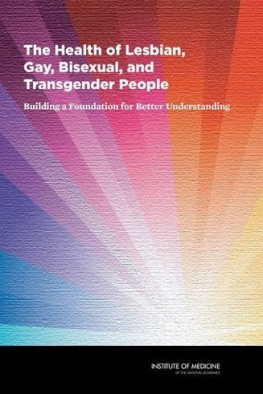LGBT Youth Issues Today
A Reference Handbook
David E. Newton

Copyright 2014 by ABC-CLIO, LLC
All rights reserved. No part of this publication may be reproduced, stored in a retrieval system, or transmitted, in any form or by any means, electronic, mechanical, photocopying, recording, or otherwise, except for the inclusion of brief quotations in a review, without prior permission in writing from the publisher.
Library of Congress Cataloging-in-Publication Data
Newton, David E.
LGBT youth issues today : a reference handbook / David E. Newton Ph.D.
pages cm. (Contemporary world issues)
Includes bibliographical references and index.
ISBN 9781610693158 (hardback : alk. paper) ISBN 9781610693165 (ebook) 1. Gay youthHandbooks, manuals, etc. 2. Gay and lesbian studiesHandbooks, manuals, etc. I. Title.
HQ76.27.Y68N498 2014
306.7660835dc23 2013041522
ISBN: 9781610693158
EISBN: 9781610693165
18 17 16 15 14 1 2 3 4 5
This book is also available on the World Wide Web as an eBook.
Visit www.abc-clio.com for details.
ABC-CLIO, LLC
130 Cremona Drive, P.O. Box 1911
Santa Barbara, California 93116-1911
This book is printed on acid-free paper 
Manufactured in the United States of America
Recent Titles in the Contemporary World Issues Series
Child Soldiers: A Reference Handbook
David M. Rosen
Medical Tourism: A Reference Handbook
Kathy Stolley and Stephanie Watson
Women and Crime: A Reference Handbook
Judith A. Warner
World Sports: A Reference Handbook
Maylon Hanold
Entertainment Industry: A Reference Handbook
Michael J. Haupert
World Energy Crisis: A Reference Handbook
David E. Newton
Military Robots and Drones: A Reference Handbook
Paul J. Springer
Marijuana: A Reference Handbook
David E. Newton
Religious Nationalism: A Reference Handbook
Atalia Omer and Jason A. Springs
The Rising Costs of Higher Education: A Reference Handbook
John R. Thelin
Vaccination Controversies: A Reference Handbook
David E. Newton
The Animal Experimentation Debate: A Reference Handbook
David E. Newton
Books in the Contemporary World Issues series address vital issues in todays society such as genetic engineering, pollution, and biodiversity. Written by professional writers, scholars, and nonacademic experts, these books are authoritative, clearly written, up-to-date, and objective. They provide a good starting point for research by high school and college students, scholars, and general readers as well as by legislators, business-people, activists, and others.
Each book, carefully organized and easy to use, contains an overview of the subject, a detailed chronology, biographical sketches, facts and data and/or documents and other primary source material, a forum of authoritative perspective essays, annotated lists of print and nonprint resources, and an index.
Readers of books in the Contemporary World Issues series will find the information they need in order to have a better understanding of the social, political, environmental, and economic issues facing the world today.
This book is dedicated to Phil Bockman,
after all these many years,
a reconnection,
with appreciation for a patient and understanding ear and kind heart.
Contents
Preface
Nicholas brief life was not a very happy one. He was constantly teased and harassed at school for not being masculine enough. His classmates just assumed that he was a fag. One day, they threw him into the school pool, while fully clothed. Both the perpetrators of the prank and Nicholas teacher thought the event was a big joke. When one of his teachers tried to come to his defense, he was advised not to say anything about the problem; his teaching contract was not renewed. The day after the swimming pool event, Nicholas killed himself by jumping from a bridge in town. (Dorais and Lajeunesse 2004, 3)
Alex Morse came out as a gay man while still a sophomore in high school. He organized his schools first gay-straight alliance club and was instrumental in planning a faculty training session on lesbian, gay, bisexual, transgender, and questioning (LGBTQ) issues at his school. He was able to attend Brown University at least partly because of a scholarship awarded [to] promising LGBT students by the Point Foundation. In 2011, he was elected mayor of the city of Holyoke, Massachusetts, the youngest openly gay mayor of a U.S. city. (Alex Morse 2013)
These two stories could not be more different as descriptions of what it is like to be a young lesbian, gay man, bisexual, or transgendered person in the United States today. As Alex Morses story illustrates, many LGBT youth today are able to achieve as much as any one of their non-LGBT counterparts. For these individuals, the American dream is well within reach. For many other LGBT youth, however, that dream is a distant fantasy, the journey there more a nightmare than a dream. They face an array of problems similar to those of their heterosexual peers but much, much greater in their severity and eventual consequences. LGBT youth are statistically more likely to be verbally and physically harassed in school and in their communities, more likely to be thrown out of their families because of their sexual orientation or gender presentation, more likely to end up homeless on the streets, more likely to consider and/or attempt suicide, and more likely to experience a host of long-term effects such as depression, anxiety, problems in completing their education and gaining employment, and inability to develop loving relationships with others.
Same-sex relationships have been the subject of hatred, opprobrium, and abuse since the beginning of time. Young gay men, lesbians, bisexuals, and transgendered people have not been immune from these widespread and general negative feelings. They have been in the unusual and unfortunate situation of having to defend themselves not only against the homophobia of society in general, but also against the lack of attention and disregard from members of their own same-sex-loving community. For much of history, gay and lesbian adults have been reluctant to make common cause with their younger counterparts at least in part because of fears that they would be accused of recruitment or child molestation.
Over the past few decades, a new era appears to have been dawning for LGBT youth. At last, allies from both within the gay and lesbian community as well as from the general public have been struggling to become better informed about the unique problems facing LGBT youth in their everyday lives and to develop systems and programs for dealing with those problems. Perhaps the signal step forward in this battle was the foundation in 2010 of the It Gets Better project by Dan Savage and Terry Miller. That project lays out the simple, if somewhat revolutionary, concept that being gay, lesbian, bisexual, or transgender during childhood and adolescence may be difficult, but one needs to persevere because life does get better. Such is the case because LGBT individuals have learned how to stand up for themselves, how to become more supportive of each other, and how to battle for their rights in society. In addition, they have discovered how to be happy and productive members of American society.
The purpose of this book is to review what is known about the role of LGBT youth in history and the way societal attitudes have shifted over the past century on this issue. The book also lays out some of the most critical issues and problems facing LGBT youth today, including bullying in schools and the general community, homelessness, and suicidal ideation and suicide attempts. Much of the book consists of materials that can be used for those who wish to learn more about the topic, including chapters on a chronology of important events in history, a glossary of important terms, a profile of important individuals and organizations associated with the problems and successes of LGBT youth, and an annotated bibliography of print and electronic resources. Of special interest is the chapter on perspectives, in which 10 individuals write of their own specific experiences with LGBT issues and the ways in which those experiences shaped their own lives and that of the community in general.


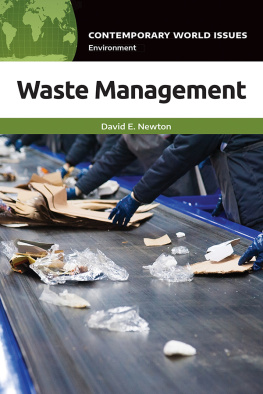
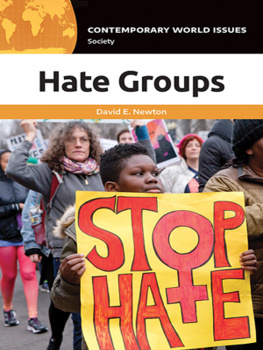

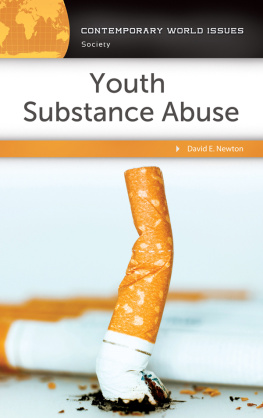

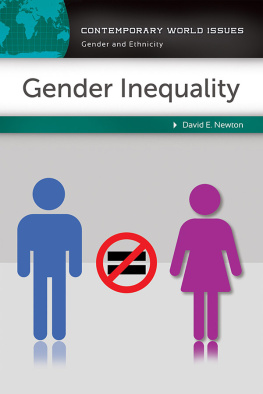
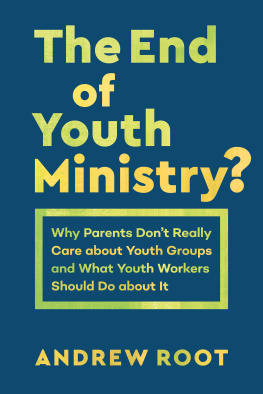
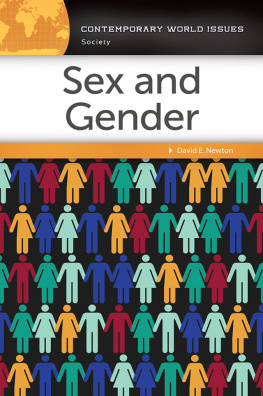

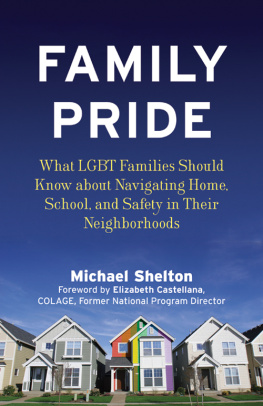
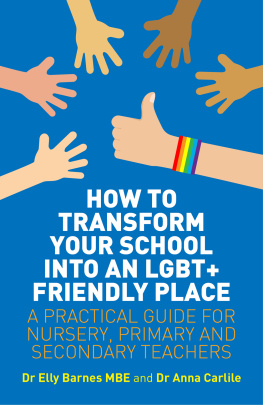
![Chuck Stewart - Lesbian, Gay, Bisexual, and Transgender Americans at Risk [3 Volumes]: Problems and Solutions](/uploads/posts/book/129596/thumbs/chuck-stewart-lesbian-gay-bisexual-and.jpg)
